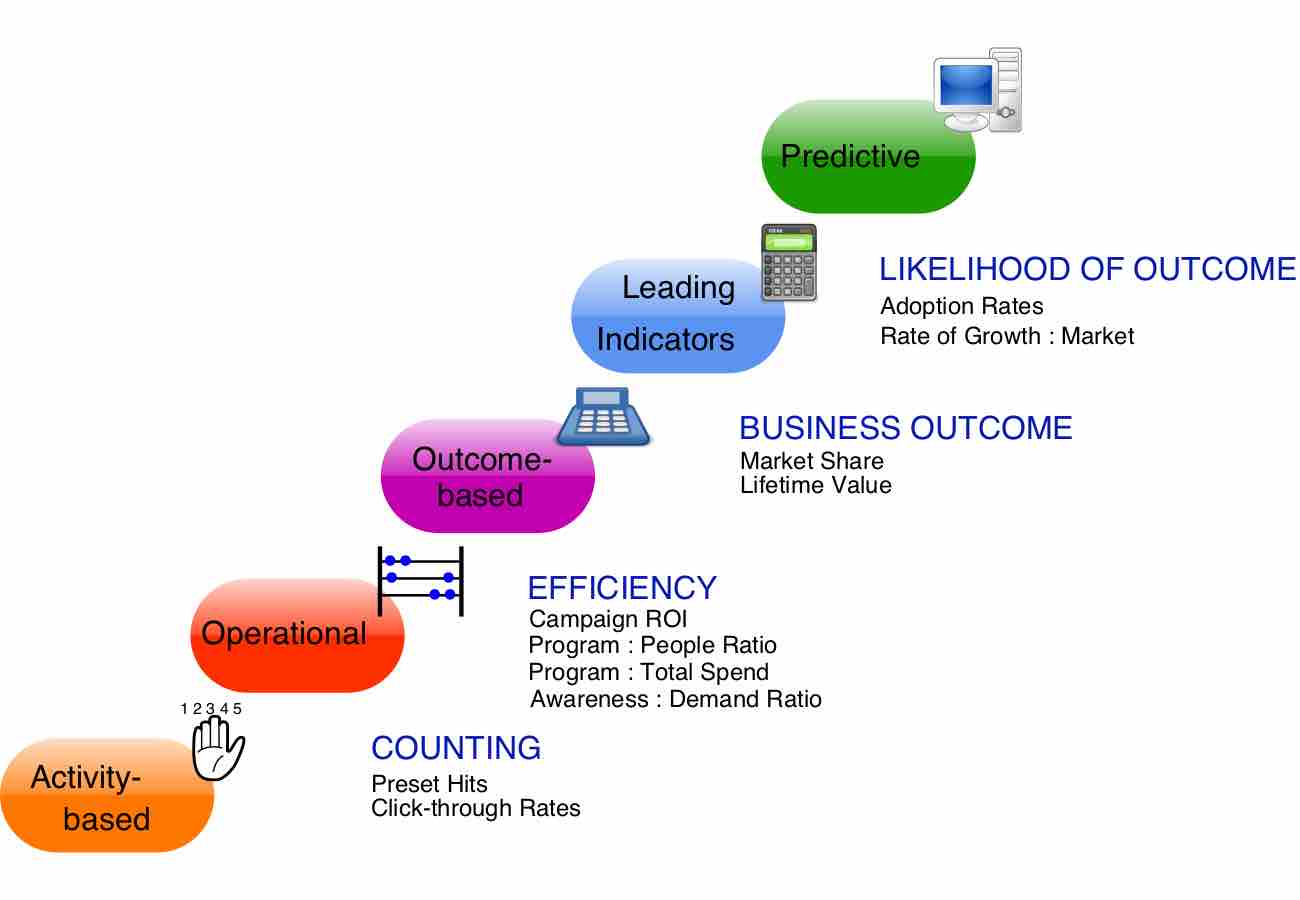Promotion is one of the marketing mix elements among a system of five in a promotional plan (often known as the five Ps). These elements are personal selling, advertising, sales promotion, direct marketing, and publicity. A promotional mix specifies how much attention to pay to each of the five subcategories, and how much money to budget for each. A promotional plan can have a wide range of objectives, including: sales increases, new product acceptance, creation of brand equity, positioning, competitive retaliations, or creating a corporate image. Fundamentally, however, there are three basic objectives of promotion:
- To present information to consumers as well as others
- To increase demand
- To differentiate a product from others in the marketplace
There are different ways to promote a product in different areas of media. Promoters use Internet advertisement, special events, endorsements, and newspapers or magazines to advertise their product. Many times with the purchase of a product there are incentives like discounts, free items, or contests. These methods are used to increase the sales of a given product.
Marketing strategy is a process that can allow an organization to concentrate its limited resources on the greatest opportunities to increase sales and achieve a sustainable, competitive advantage. Marketing strategy includes all basic and long-term activities in the field of marketing that deal with the analysis of the strategic situation of a company and the formulation, evaluation and selection of market-oriented strategies and therefore contribute to the goals of the company and its marketing objectives.
Marketing strategies may differ depending on the unique situation of the individual business or product. However, there are a number of ways to categorize some generic strategies.
Strategies Based on Market Dominance
In this scheme, firms are classified based on their market share or dominance of an industry. Typically there are four types of market dominance strategies:
- Leader
- Challenger
- Follower
- Nicher
Porter Generic Strategies
These strategies concentrate on the dimensions of strategic scope and strategic strength. Strategic scope refers to the market penetration while strategic strength refers to the firm's sustainable, competitive advantage. The generic strategy framework (porter 1984) comprises two alternatives, each with two alternative scopes: Differentiation and Low-Cost Leadership, each with a dimension of focus—which can be broad or narrow. Some of these are:
- Product differentiation
- Cost leadership
- Market segmentation
- Innovation strategies
A company or product can fall into one of three categories:
- Pioneers
- Close followers
- Late followers
If the company is not a pioneer, then it must consider growth strategies. In this scheme we ask the question, "How should the firm grow? " There are a number of different ways to answer that question, but the most common answers are:
- Horizontal integration
- Vertical integration
- Diversification
- Intensification

Marketing Metrics Continuum
The Marketing Metrics Continuum provides a framework for how to categorize metrics from the tactical to strategic. By navigating this metrics continuum, from Activity-Based to Predictive, marketers can move towards more effective marketing measurement and align measurement and metrics with business outcomes.